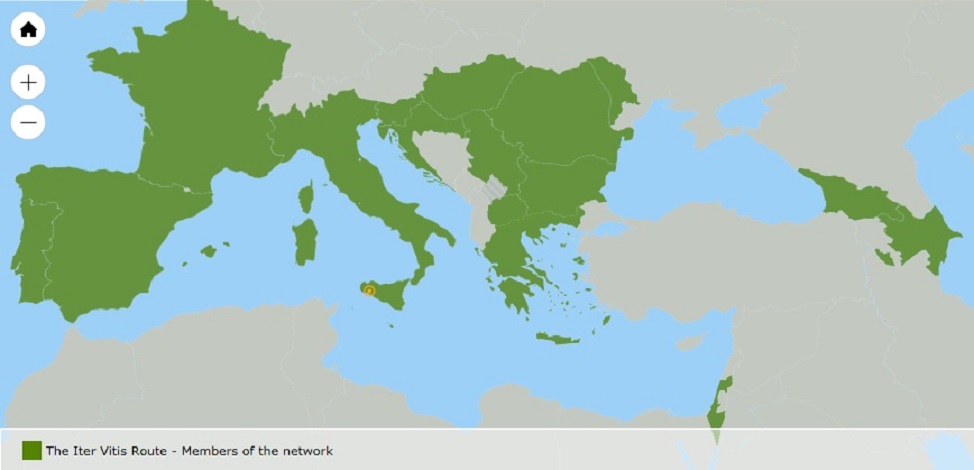Council of Europe and Cultural Routes
The Council of Europe is the leading Human Rights Organization on the European Continent. 48 member states (and all the countries of the European Union) participate.
All members have signed the European Convention on Human Rights.
More than 45 cultural routes cover a wide range of different thematic fields and aim to connect history, culture, traditions and places.
The routes, which incorporate the tradition, history, art, manners and customs of each region included in them, are organized proposals of inspiration for visitors and an opportunity to delve into the local culture.
The institution of cultural routes began in 1987 with the aim of highlighting through space and time the way in which the cultural heritage of the various countries of Europe contributes to the common cultural heritage.
The cultural routes are based on five thematic areas:
1. cooperation in research and development
2. exploitation of memory, history and European heritage
3. cultural and educational exchanges for young Europeans
4. contemporary cultural and artistic practices
5. cultural tourism and sustainable cultural development
The Council of Europe Cultural Route is an important recognition of quality.
Through the Cultural Routes programme, the Council of Europe offers a model for transnational networks working to promote European heritage.
Cultural routes promote the principles and values of the Council of Europe, such as human rights, cultural democracy, cultural diversity, mutual understanding, artistic exchanges. They contribute to the protection, preservation, exploitation and promotion of the natural and cultural heritage.
''Iter Vitis - Les Chemins de la Vigne''
The Council of Europe wine and vine cultural route, ''Iter Vitis - Les Chemins de la Vigne'', was recognized by the Council of Europe on 15 May 2009, following a proposal by the European ITER VITIS Federation .
The culture of the vine and wine as well as the viticultural landscape are considered important cultural heritage, tangible and intangible, and as such constitute an essential parameter of the collective history of a place.
The European ITER VITIS Federation is a non-profit association, based in the city of Sambuca, Sicily, Italy, and its President is Mrs. Emanuela Panke.
The members of ITER VITIS are:
-the foundation
-the normal
- the prices
The following countries are participating:

| Armenia | United Kingdom | Montenegro |
| Azerbaijan | Spain | Ukraine |
| Bosnia and Herzegovina | Israel | Portugal |
| France | Italy | Romania |
| Georgia | Croatia | Russia |
| Moldova | Cyprus | Slovenia |
| North Macedonia | Lebanon | Tunisia |
| Greece | Luxembourg |
In 2010, the Enlarged Partial Agreement on Cultural Routes of the Council of Europe was established, with the aim of strengthening cooperation between stakeholders. This institutional body decides on the strategy of the Program and evaluates both the nominations and the certified Cultural Routes
Greece has been a member of the enlarged partial agreement since its inception and participates in the Governing Council through the Directorate of International Relations and the European Union / Department of International Relations of the Ministry of Culture as a contact point for the Cultural Routes Program of the Council of Europe.